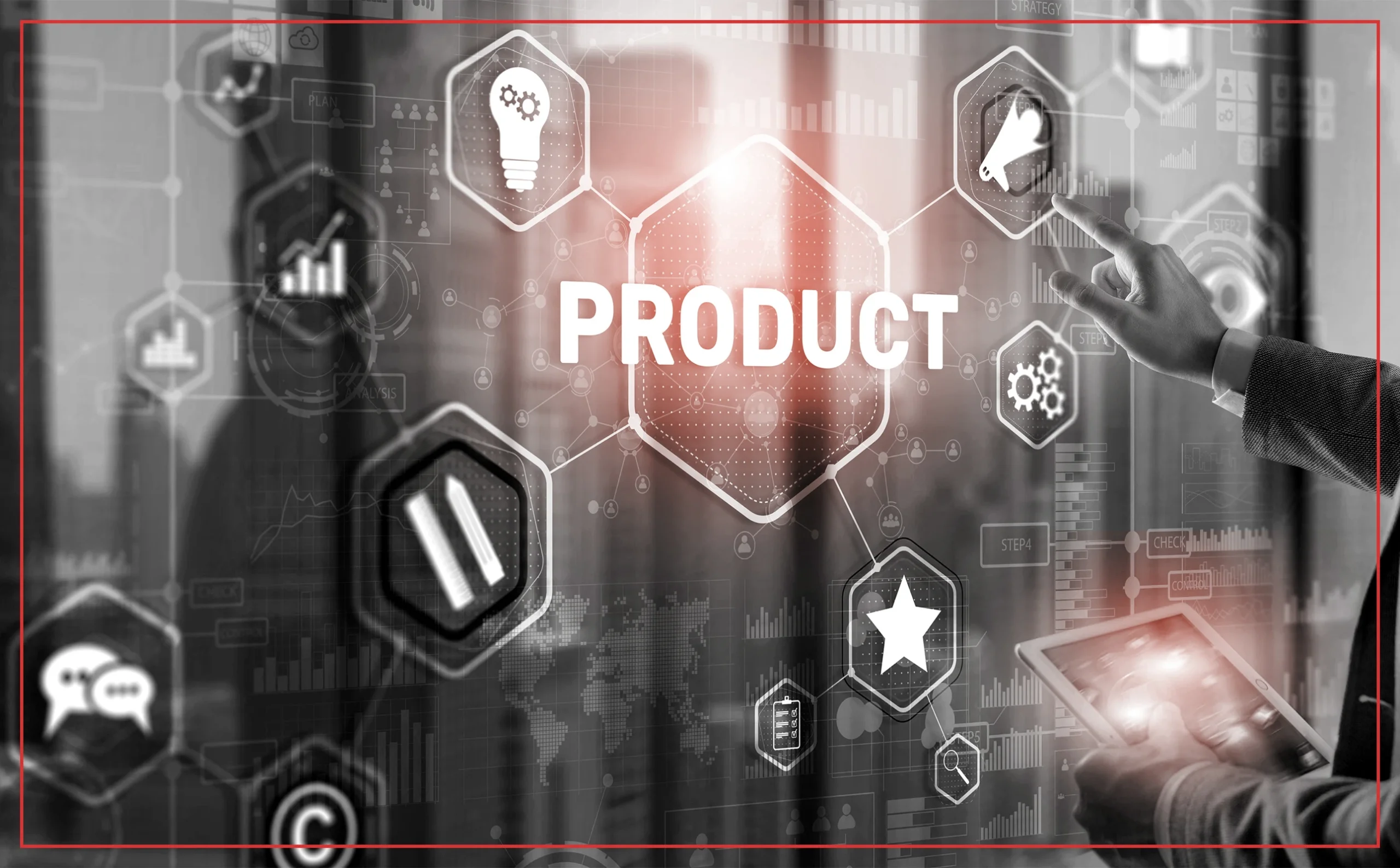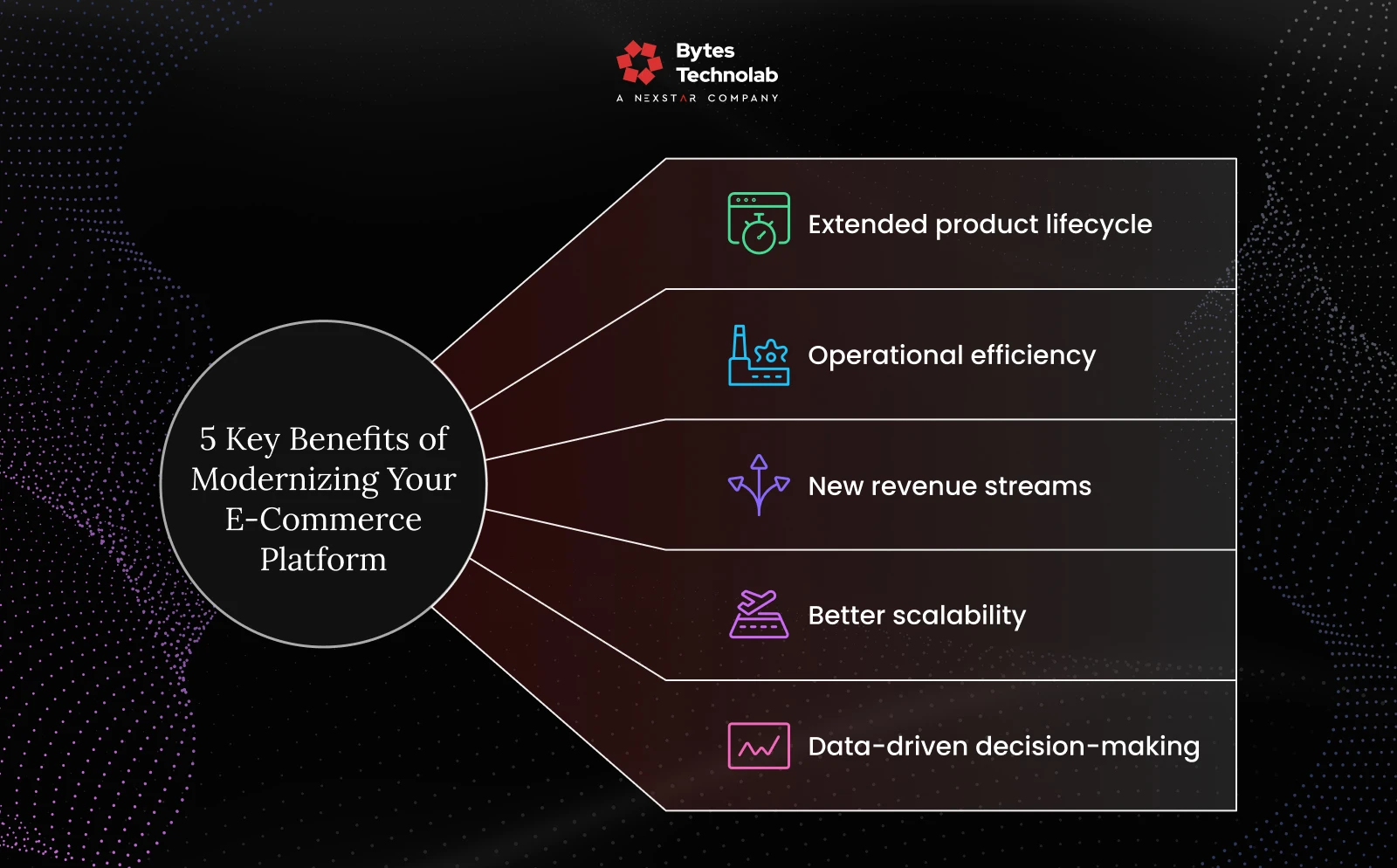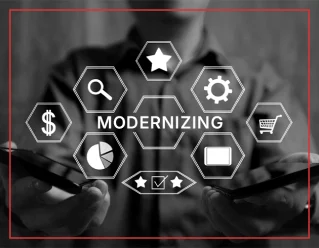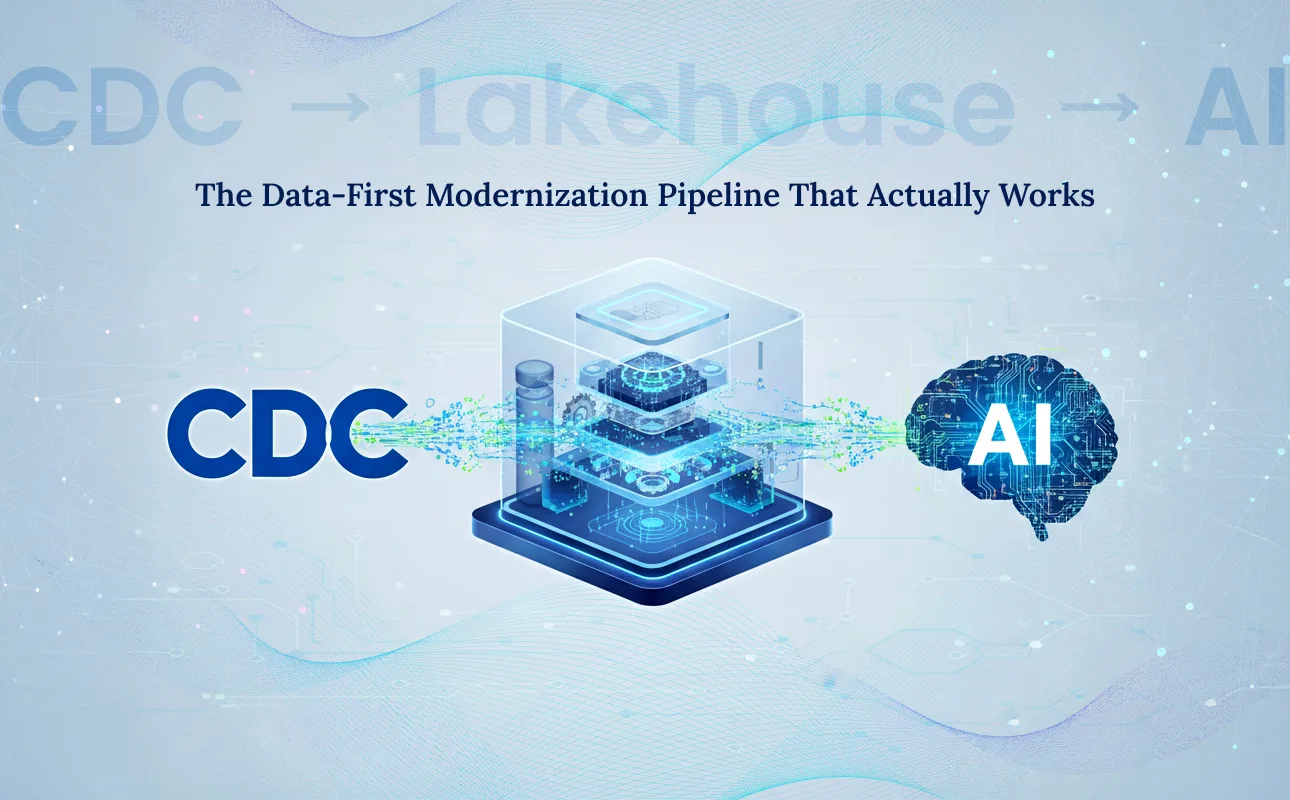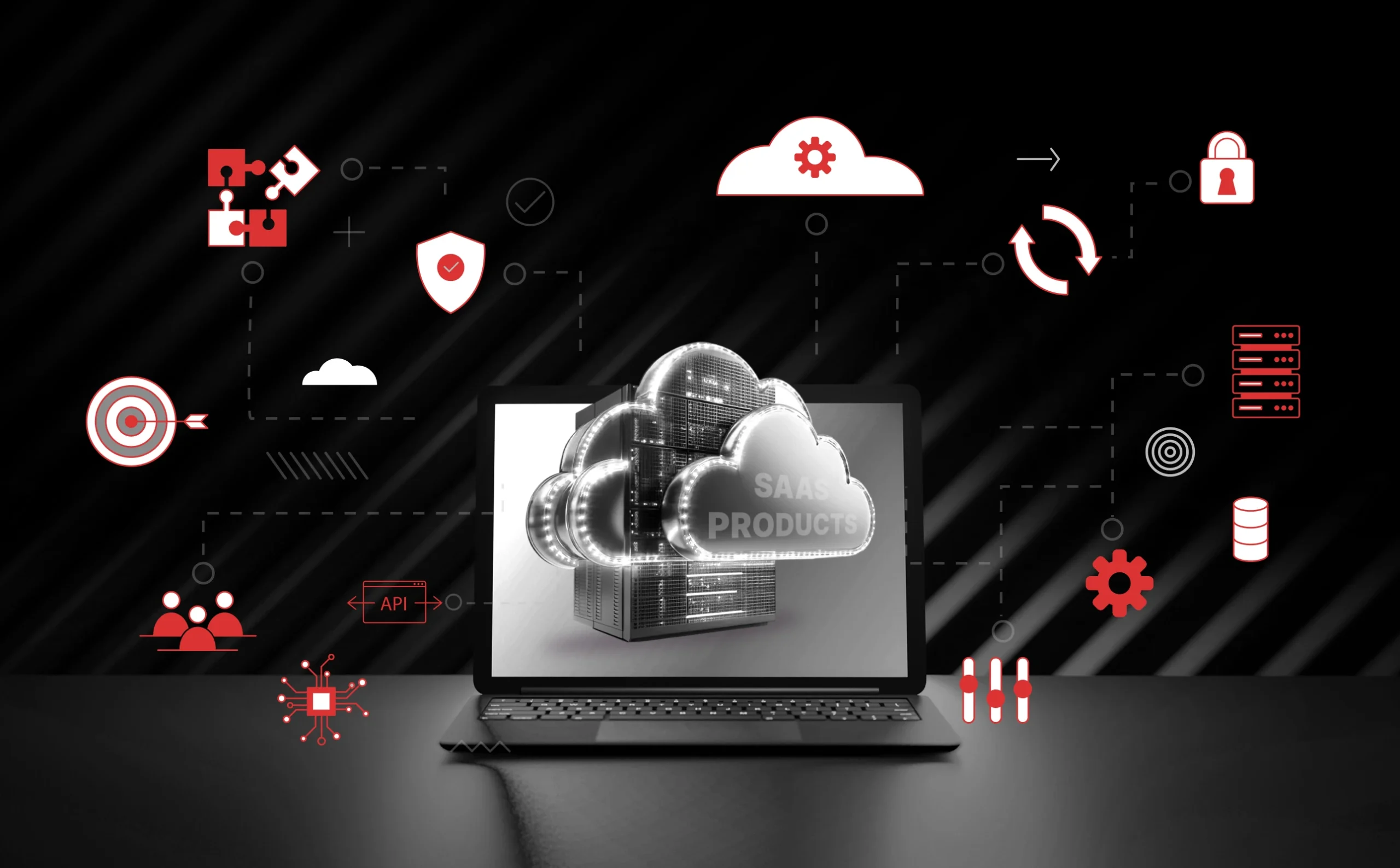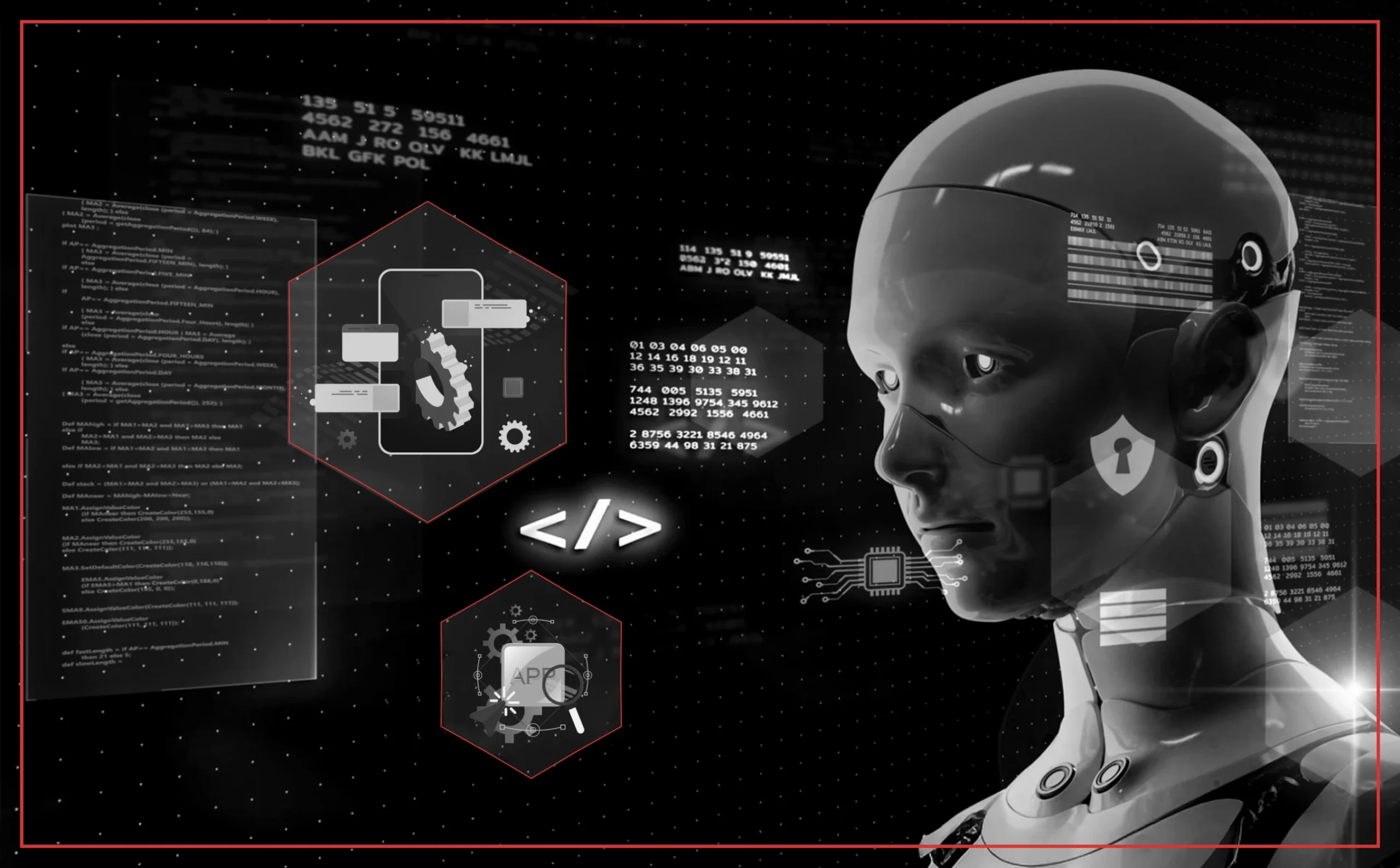Every few years, the business world faces a crucial moment where the strategies that have led to past success become ineffective. In 2025, almost all brands worldwide are up against this concern.
Global brands have spent a lot of money on software product development over the last decade. This helped them with a strong market presence as they covered the majority of the market share. On the other hand, it also helped brands to efficiently engage with their customers and run their operations in the most effective ways.
Upon their initial launch, many of those products functioned flawlessly. But here’s the reality: technology has moved faster than most organizations’ ability to keep pace. The software that was once a competitive advantage is now holding businesses back.
Today, the bitter pill to swallow is that you just cannot stand still in the market. It will make your brand fall behind as others will be upgrading and modernizing their ecosystems. Modern customers want modern experiences that are easier to understand, your teams need workflows that are faster, and your competitors are quickly updating their platforms to be more modern.
The world has moved into the era of AI integration, cloud-native architecture, microservices, and real-time analytics, yet many enterprises are still operating on outdated systems that can’t keep up.
This is where the ‘Great Product Reset’ comes in. Companies need to stop making new solutions and start updating the digital software and systems they already have in 2025. Your investment in product development years ago is still worth something, but you need to change it to fit the market today.
Remember, we are not advising you to scrap your legacy systems completely, but to modernize them. This is the ideal and affordable solution.


